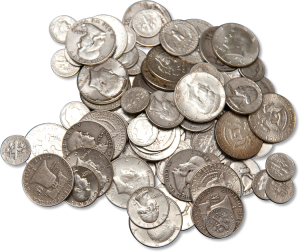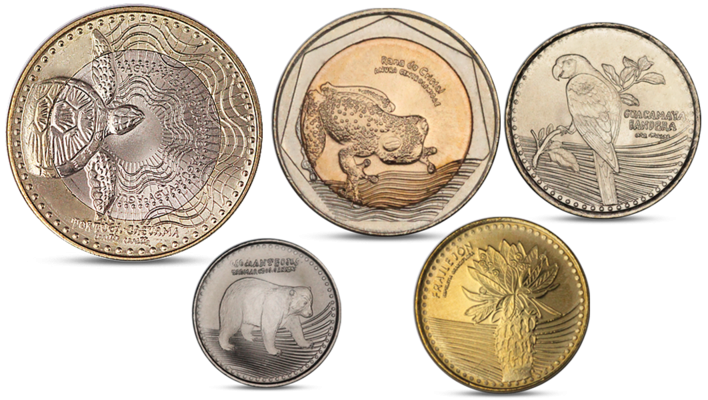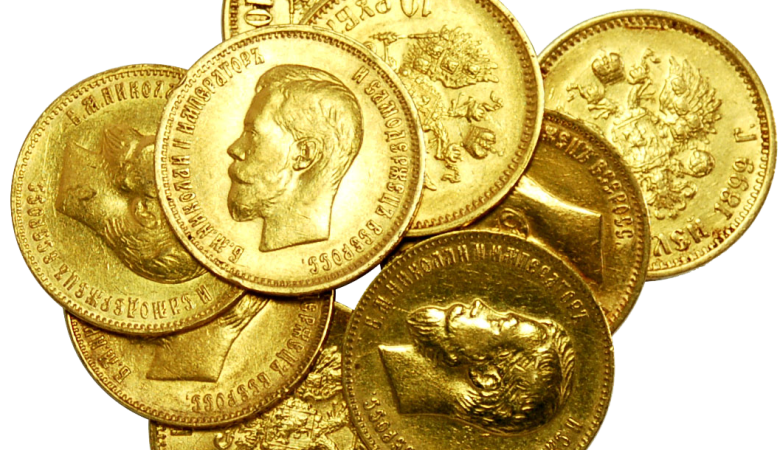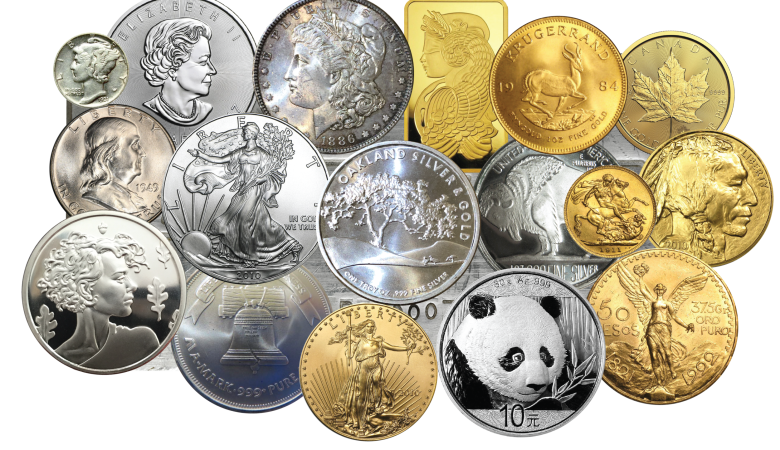What is a silver coin:
A silver coin is one that contains the majority of the precious metal silver, which is valued for its value, malleability, and shiny beauty. Throughout history, silver coins have served as a medium of exchange, a means of storing wealth, and a kind of currency. The following are some essential traits and features of silver coins:
Silver, in varied degrees of purity, often makes up the majority of the composition of silver coins. The fineness, which measures the percentage of pure silver in the coin, is a common way to communicate purity. A coin with a purity of.999, for instance, has 99.9% pure silver.
A silver coin is one that contains the majority of the precious metal silver, which is valued for its value, malleability, and shiny beauty. Throughout history, silver coins have served as a medium of exchange, a means of storing wealth, and a kind of currency. The following are some essential traits and features of silver coins:
.Silver coins come in a variety of designs with pictures of historical personalities, flags, buildings, and cultural icons. Depending on the nation or mint that makes the coin, the design can differ greatly.
Face Value: The denomination or monetary value assigned to silver coins by the issuing body serves as the coins’ face value. The coin’s intrinsic value as silver, however, frequently outweighs its face value.
Numismatic worth: Some silver coins may have numismatic worth in addition to their intrinsic silver value because of their rarity, historical significance, or collector demand. These coins are frequently sought after by numismatists or coin collectors.
Investment: Silver coins are viewed by many investors as a type of precious metal investment. They might buy silver coins to diversify their portfolios, protect against inflation, or benefit from anticipated price increases.
Some silver coins are classified as bullion coins, which means that their primary worth is derived from the precious metals they contain. In the precious metals market, these coins are frequently exchanged at prices that are close to their spot prices.
Silver coins can be used for transactions at face value in some nations where they are regarded as legal money. The face value, however, is frequently far less than the silver’s true market value.
Mints: Governmental mints or private mints both manufacture silver coins. Private mints manufacture silver rounds or bars that are not regarded as legal tender, whereas government mints produce official silver coins with legal tender status.
Silver coins are available in a variety of sizes and values, ranging from tiny fractional coins to bigger bullion coins. 1 ounce, 1/2 ounce, 1/4 ounce, and 1/10 ounce are typical weights.
Silver coins are frequently carefully maintained by individuals, banks, or depositories due to their inherent worth. The coins are more shielded from theft and damage by proper storage.
Silver coins have a lengthy history and are still used for trading, investing, and collecting. They are valued for their aesthetic appeal, adaptability, and the inherent worth of the silver they hold.

What is the use of silver coins?
In the past, silver coins were used for a variety of things, and they still are now. The following are some of the main purposes and uses of silver coins:
Silver coins were historically utilized as a kind of money for regular transactions. They had gained a lot of acceptance as a means of payment for goods and services. Some silver coins still circulate as legal tender, despite the fact that their use as common currency has declined in many nations.
In terms of collecting, silver coins are highly prized. Silver coins are prized for their historical, artistic, and numismatic significance by numismatists, or coin collectors. Silver coin collecting can be a pastime or an investment.
Investment: Silver coins are regarded as a physical investment and are frequently bought as a way to protect against inflation or keep wealth. To diversify their holdings or to benefit from possible price growth in the precious metals market, investors may purchase silver coins.
Bullion: A few silver coins fall under the category of bullion coins. These coins are valuable largely for the precious metals they contain. Because of how closely their value reflects the current spot price of silver in the market, investors purchase them as an easy way to invest in silver.
Commemorative Coins: Many nations produce silver coins to mark significant dates, historical occurrences, or historical people. These coins are used as a way to commemorate and honor important turning points in a country’s history.
Silver coin sets that have a common theme or design series are released by some mints as collector sets. Collectors may buy these sets to round out their holdings or to take pleasure in a themed series’ visual appeal.
It’s significant to remember that regional, cultural, and personal preferences can all affect how and why silver coins are used. Even while they may not be widely used as money anymore, their worth as historical objects, collectors, and investments keeps them relevant in today’s society.





